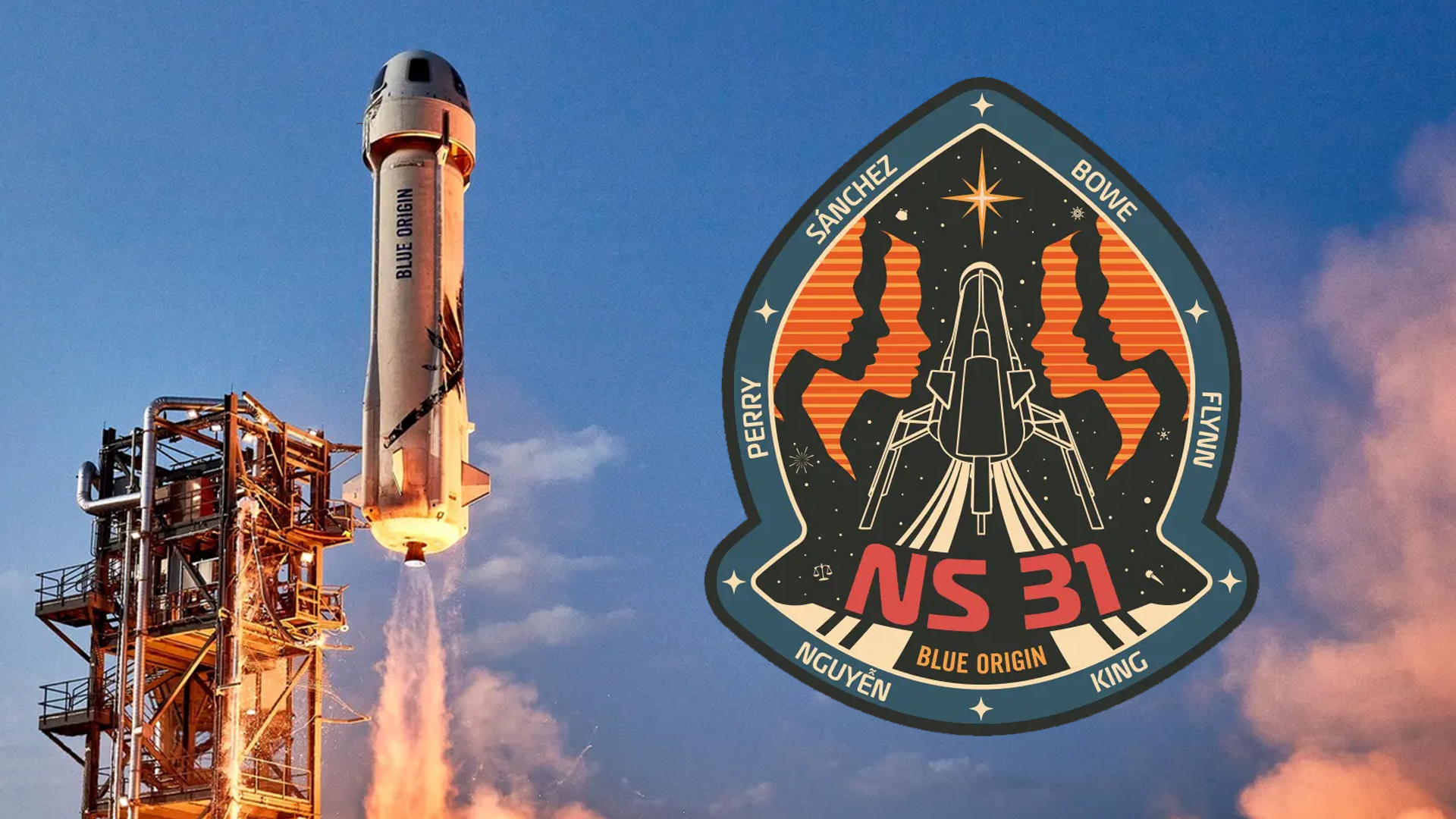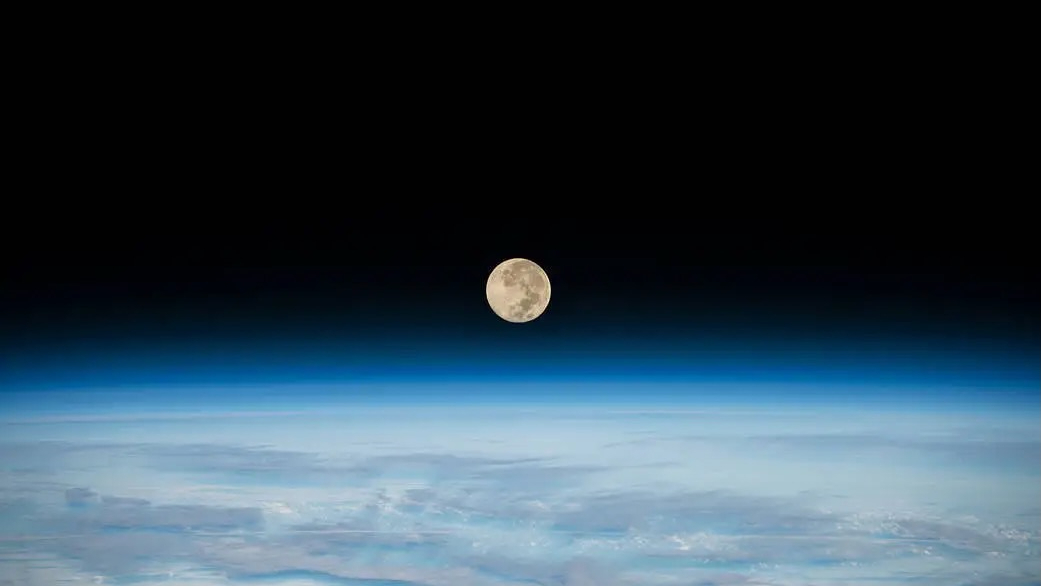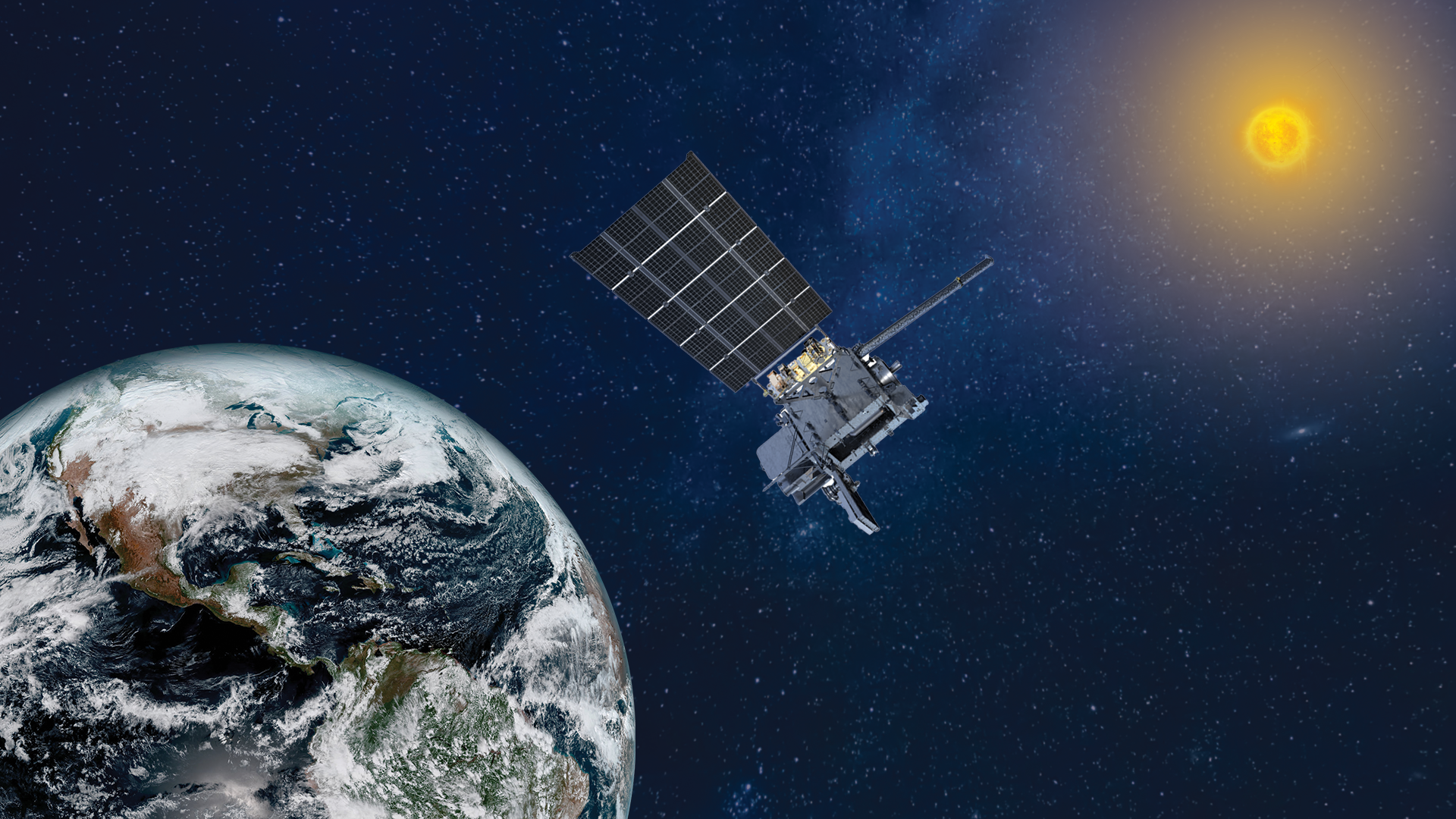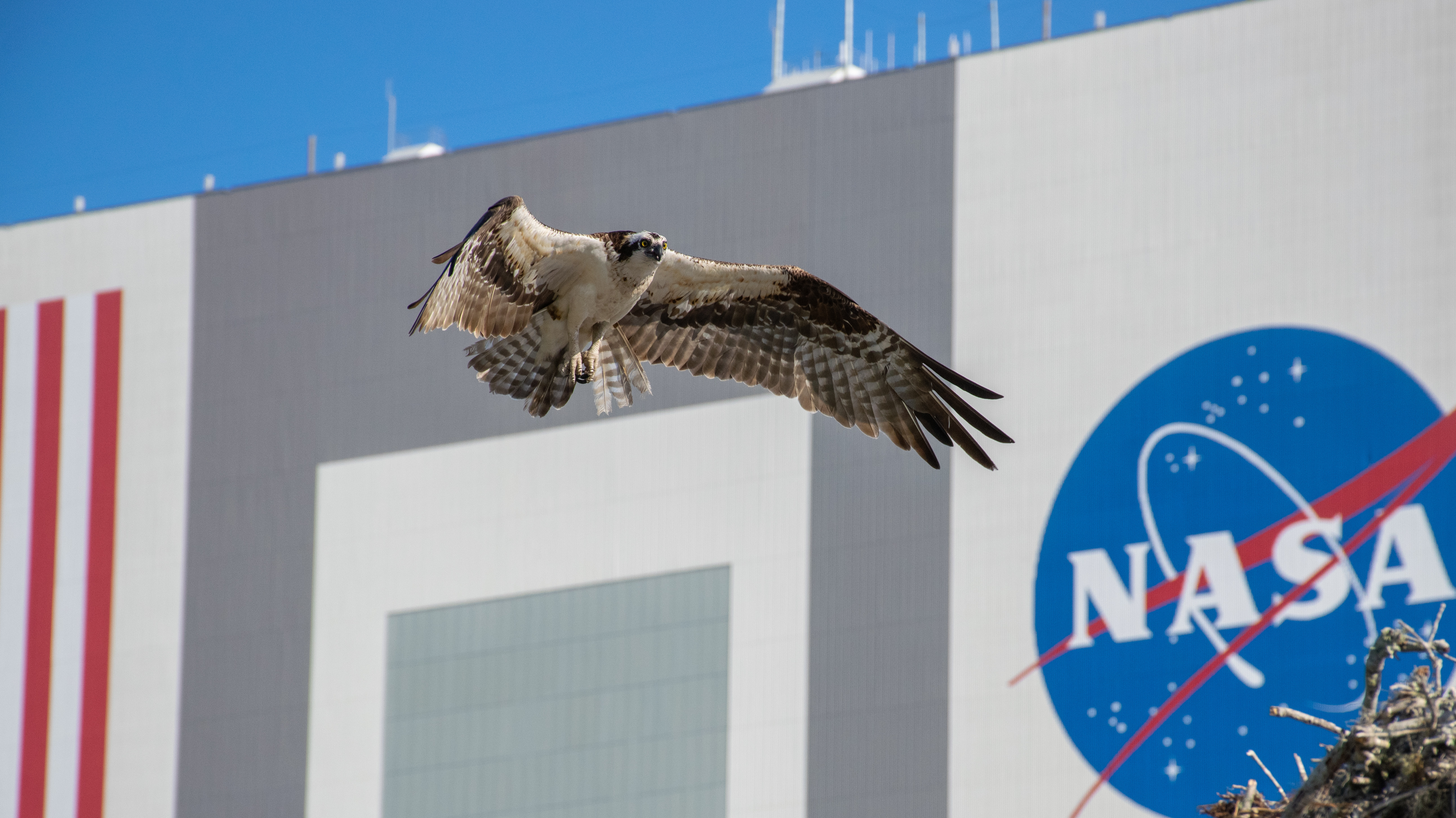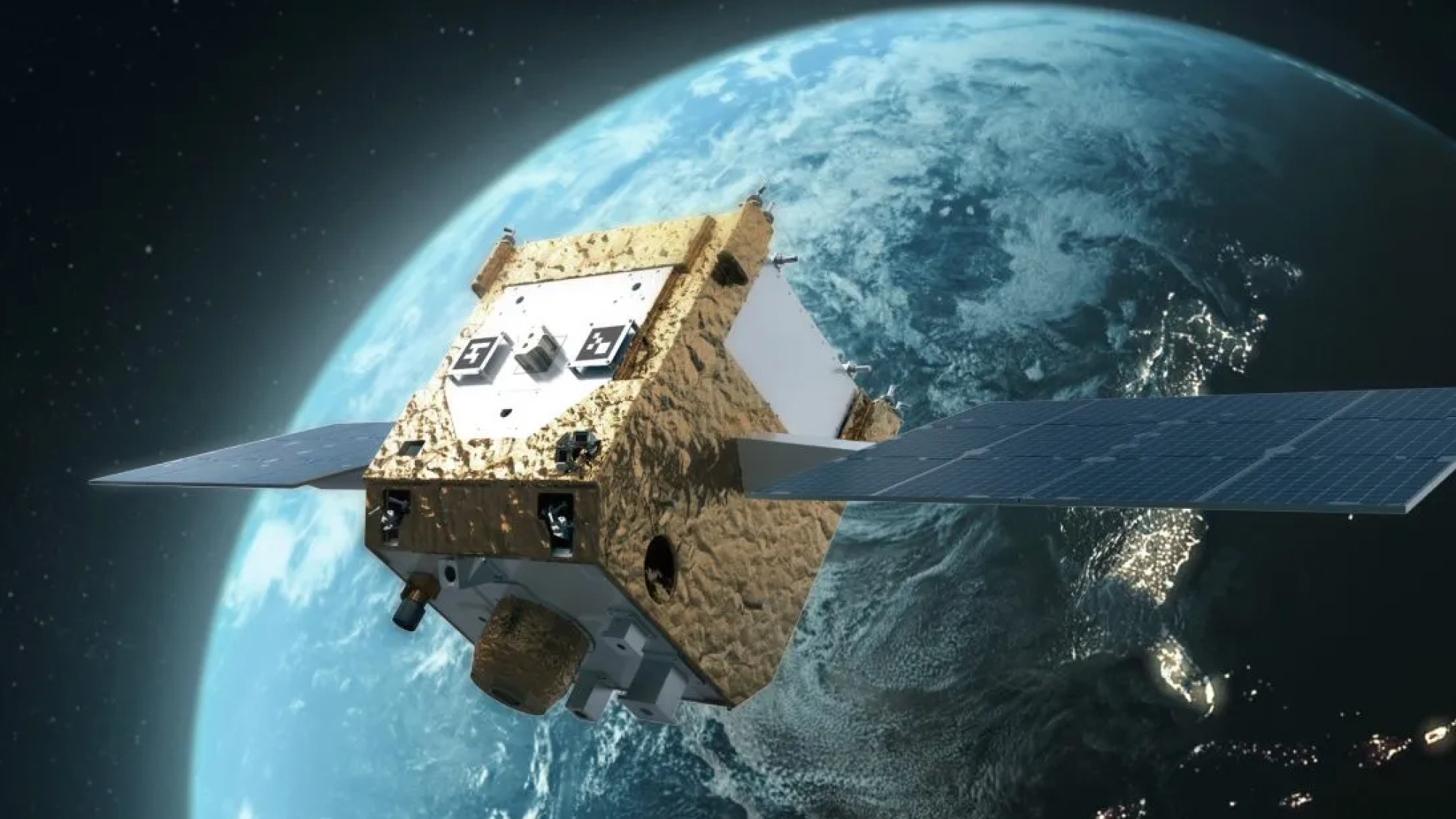Trump administration could slash NASA science budget by 50%, reports suggest
Budget passback documents reportedly suggest the White House wants to cut NASA's budget by half — possibly closing down Goddard Space Flight Center.
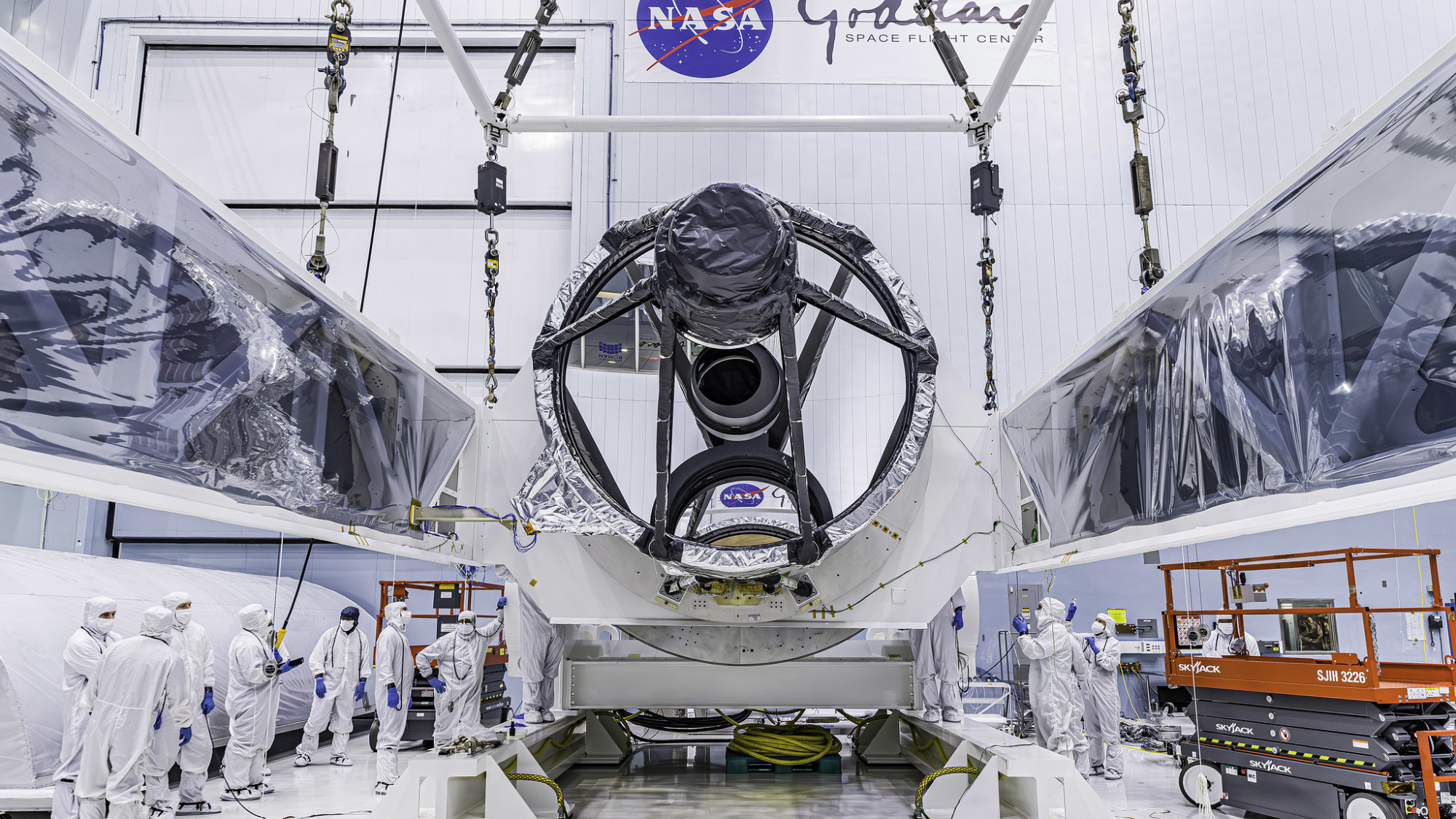
Reports circulating about the White House's proposed NASA budget for the 2026 fiscal year suggest the agency's funding could be slashed by nearly half.
As reported by Ars Technica, so-called "passback" documents given to the agency on Thursday (April 10) outline these Trump administration budget plans. Besides an almost 50% cut across the board for NASA science programs, they propose a "two-thirds cut to astrophysics, down to $487 million; a greater than two-thirds cut to heliophysics, down to $455 million; a greater than 50% cut to Earth science, down to $1.033 billion; and a 30 percent cut to Planetary science, down to $1.929 billion."
"We would see, in this case, the majority of active science missions and in-development science missions completely wiped out," Casey Dreier, Chief of Space Policy at The Planetary Society, told Space.com. "I have this image in my head of a perfectly functioning spacecraft designed to increase our understanding of the cosmos in which we reside turned off and left to tumble aimlessly in the black — that's where we would leave ourselves. It's symbolically grotesque."
It's like a nuclear bomb going off."
Casey Dreier, The Planetary Society
According to the document, the proposed budget would continue to support science missions such as the Hubble Space Telescope and James Webb Space Telescope, but assumes "no funding is provided for other telescopes." This means it'd likely get rid of the Nancy Grace Roman Space Telescope — a spacecraft that's already assembled and undergoing testing to launch as early as next fall, Dreier says.
"That has been the poster child for a mission that has remained on budget and on track with the one hiccup around COVID, which isn't the mission's fault," he said. "We've invested nearly $4 billion in building it to this point, 20 years of effort to build it."
The passback documents also suggest closing down the entirety of Goddard Space Flight Center in Maryland, meaning the approximately 10,000 workers at that center would probably be laid off in tandem. "It's like a nuclear bomb going off. It's NASA's largest center," Dreier said.
Though these passback documents aren't a full confirmation that this budget will be finalized, Dreier says it's the last train out of the station before we get to that point — and in his expert opinion, Dreier believes this proposal certainly could move through to the end. This is especially because of the kinds of changes, including major layoffs and project cancellations, that have been implemented at other government organizations by request of the Trump administration.
Get the Space.com Newsletter
Breaking space news, the latest updates on rocket launches, skywatching events and more!
"It is consistent with their willingness to impose some very profound and dramatic change," he said.
For instance, the National Oceanic and Atmospheric Administration (NOAA) laid off over 800 workers this year and there are rumors of more cuts to come. In fact, an internal budget document seen by Science magazine suggests the Trump administration wishes to cut nearly all of NOAA's climate research endeavors. According to Science's report, the document indicates the White House intends to ask Congress to eliminate NOAA's climate research centers and cut hundreds more federal and academic climate scientists.
"This would end basically every project we support other than hurricane and atmospheric river reconnaissance, coastal mapping, and snow survey — all of which are funded by either the national weather service or national geodetic survey. All marine mammal, atmospheric science and climate projects would end," one NOAA worker who requested anonymity told Space.com.
"This is one of the reasons why you have a public sector: To do things that aren't immediately profitable, but important and beneficial to the nation," Dreier said. "There's no private mission ready to go to Mars or Jupiter. These are fundamental capabilities of a public sector space agency serving a unique need."
"We've seen wealthy individuals start to travel in space themselves and invest in rockets and infrastructure," he added. "But something we have not seen by anyone, and nor has anyone even shown much interest in, is to build these types of science missions."
For instance, Dreier emphasizes how difficult it would be to finance another Voyager mission — the NASA endeavor that sent twin spacecraft to explore the territory beyond our solar system in 1977. Both spacecraft entered interstellar space decades after liftoff, and have sent back to Earth some of the most fascinating and important astrophysics information to date.
"If you cut heliophysics by half, which is what funds Voyager, you probably cut Voyager," Dreier said. "Even if you made a new one, you couldn't even get to where it is now for another 50 years — and we're not going to make a new one [if] we don't have any money."
"Once these are gone, they're gone."
Join our Space Forums to keep talking space on the latest missions, night sky and more! And if you have a news tip, correction or comment, let us know at: community@space.com.

Monisha Ravisetti is Space.com's Astronomy Editor. She covers black holes, star explosions, gravitational waves, exoplanet discoveries and other enigmas hidden across the fabric of space and time. Previously, she was a science writer at CNET, and before that, reported for The Academic Times. Prior to becoming a writer, she was an immunology researcher at Weill Cornell Medical Center in New York. She graduated from New York University in 2018 with a B.A. in philosophy, physics and chemistry. She spends too much time playing online chess. Her favorite planet is Earth.
You must confirm your public display name before commenting
Please logout and then login again, you will then be prompted to enter your display name.

